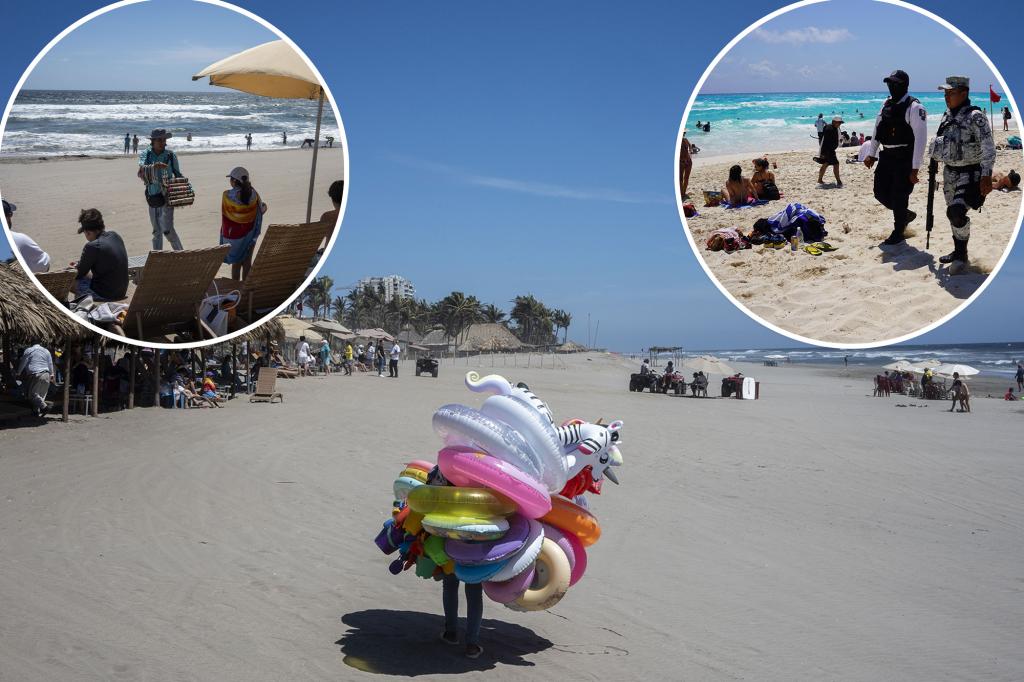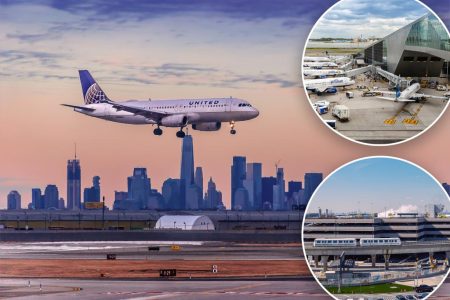The United States government, through its Embassy in Mexico City, has issued a stark travel advisory for specific regions within the Mexican state of Tamaulipas, bordering Texas and the Gulf of Mexico. This advisory designates the towns of Reynosa, Rio Bravo, Valle Hermoso, and San Fernando as “Level 4 – Do Not Travel” zones due to escalating crime and kidnapping risks. This highest level warning emphasizes the significant security concerns present in these areas, particularly highlighting the increasing frequency of gun battles, often occurring during the late night and early morning hours, and the alarming use of improvised explosive devices (IEDs) by criminal organizations operating within the region. This specific warning underscores a localized security threat, contrasting with the overall “Level 2 – Exercise Increased Caution” advisory that remains in place for Mexico as a whole. This distinction emphasizes the targeted nature of the threat, focusing on these specific Tamaulipas towns while acknowledging the broader security context of the country.
The urgency of the warning is further underscored by a recent incident involving an IED attack on an official Mexican vehicle in Rio Bravo. This event, coupled with reports of escalating violence, prompted the Mexican government to issue its own warning regarding the use of IEDs in the region. The heightened risk posed by these devices, combined with the ongoing gun battles, contributes to the volatile security environment and underscores the need for extreme caution. The U.S. government’s response, restricting its employees to daylight travel within and around Reynosa and Rio Bravo and advising against using dirt roads throughout Tamaulipas, reflects the seriousness of the threat assessment. The advisory emphasizes the dynamic nature of the situation, urging individuals to remain vigilant, monitor local media for updates, and maintain communication with friends and family regarding their safety.
This localized security alert arrives amidst a backdrop of growing tensions between the United States and Mexico, fueled by ongoing trade disputes and tariff threats. While the travel advisory focuses specifically on security concerns within Tamaulipas, the broader political and economic context adds another layer of complexity to the situation. The potential impact of these broader tensions on the security situation in the border region remains a concern, further emphasizing the need for travelers to exercise caution and stay informed about developments. Despite the security challenges in certain areas, Mexico continues to be a popular tourist destination, witnessing an increase in international tourism last year. This highlights the importance of distinguishing between localized security threats and the overall safety of traveling to Mexico.
The Tamaulipas region, despite the current security concerns, is known for its rich natural beauty and offers a variety of eco-activities. Its pristine beaches and diverse birdlife attract nature enthusiasts and tourists seeking outdoor adventures. The contrast between the region’s natural attractions and the prevailing security risks creates a complex picture for potential travelers. The U.S. government’s travel advisory aims to inform individuals about the specific dangers present in certain areas, allowing them to make informed decisions about their travel plans. This underscores the importance of researching specific destinations within Mexico, paying close attention to local conditions and heeding official warnings.
The “Level 4 – Do Not Travel” advisory for the specified towns in Tamaulipas stands in contrast to the overall “Level 2 – Exercise Increased Caution” advisory for Mexico as a whole, which is a level shared by other popular tourist destinations like France and Germany. This distinction highlights the localized nature of the security threat in Tamaulipas, differentiating it from the general security environment in Mexico and other countries with similar advisory levels. The “Level 2” advisory for Mexico broadly encourages travelers to exercise increased caution due to potential safety and security concerns, while the “Level 4” advisory specifically prohibits travel to the identified areas due to the imminent threat of crime and kidnapping.
In light of the evolving security situation in Tamaulipas, individuals considering travel to Mexico should exercise due diligence, carefully research their intended destinations, and prioritize their safety. Consulting official travel advisories from government sources, monitoring local media reports, and staying informed about developments in the region are essential steps for mitigating potential risks. While Mexico continues to be a popular tourist destination, awareness of localized security threats, like those present in Tamaulipas, is crucial for ensuring a safe and enjoyable travel experience. The U.S. government’s travel advisory provides valuable information for individuals planning trips to Mexico, empowering them to make informed decisions and take necessary precautions to protect their safety.















